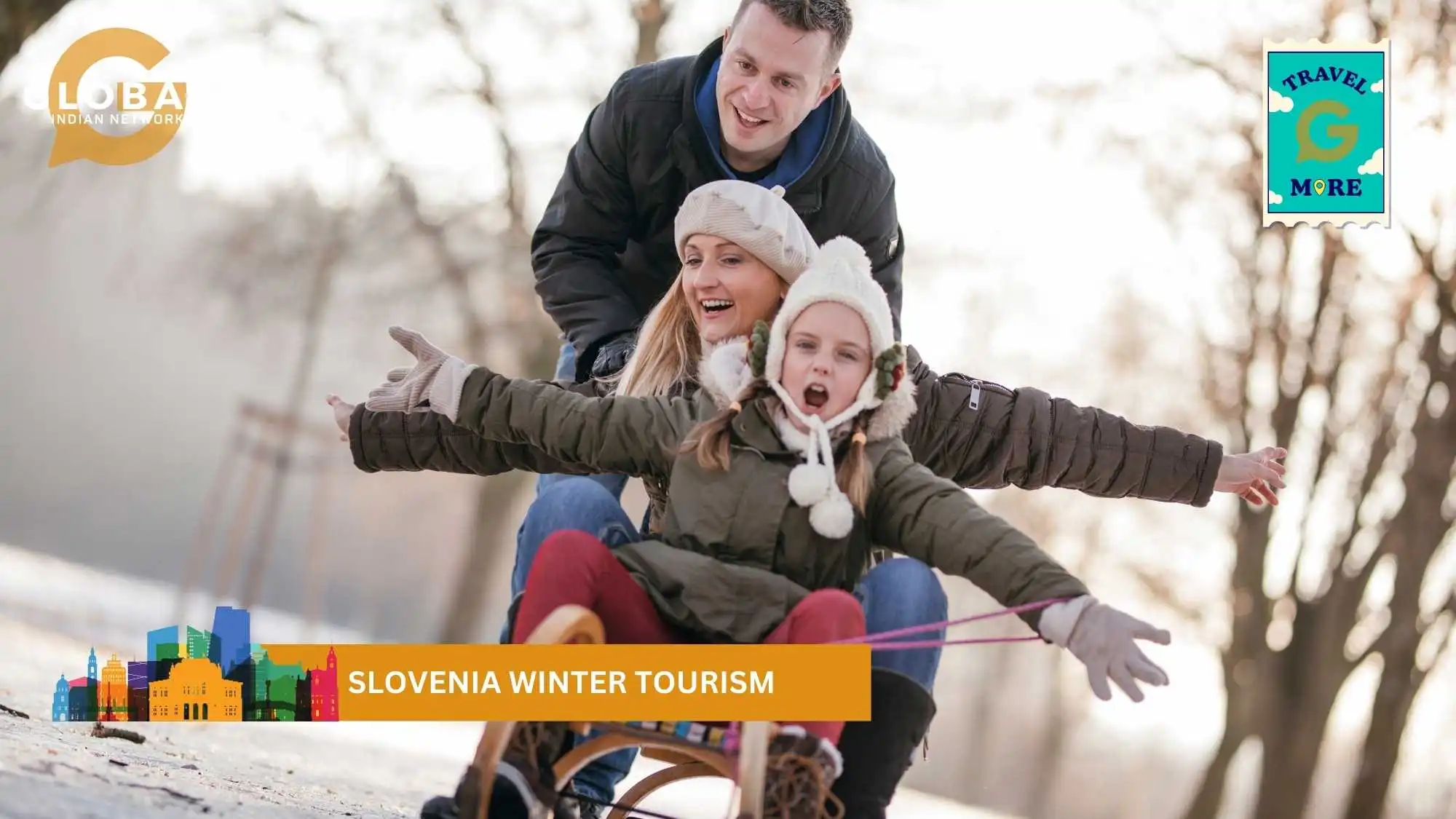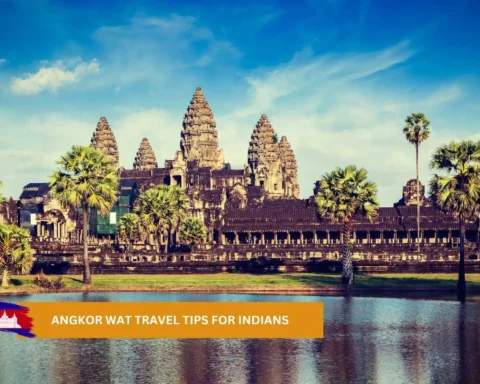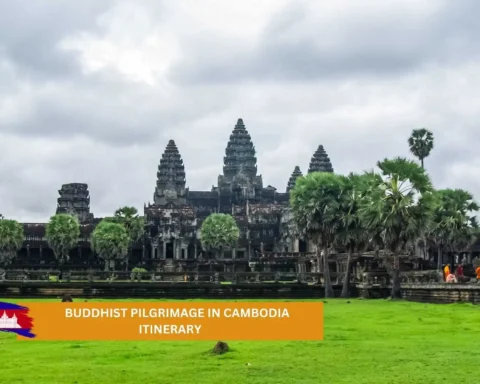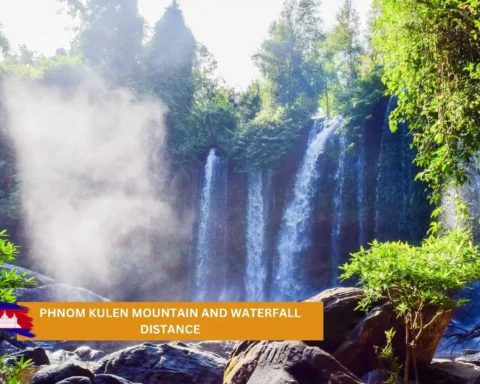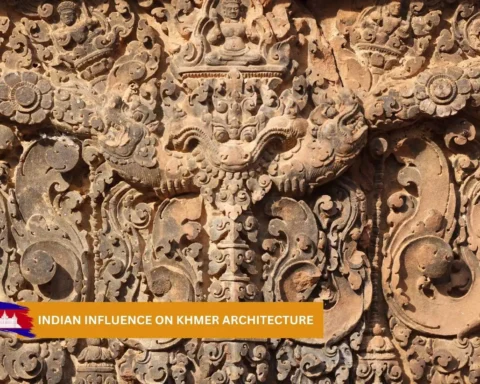Winter in Slovenia transforms the country’s landscape into a scenic wonderland quite apart from any other European country. Located at a crossroads between the Alps, the Mediterranean Sea, and central and southeastern Europe, this small, charming country offers a range of unique experiences that will fill your winter holidays with warmth and joy.
This blog covers all the places one must visit for a fulfilling and unforgettable experience of Slovenia winter tourism.
Table of Contents
What Makes Slovenia Winter Tourism Special?
Slovenia’s position at the intersection of European topography and culture makes it a mingling point of diverse Italian, German and Austrian cuisines. Hallmark traditional Slovenian dishes such as cheese štruklji, šelinka, krvavica and Carniolan sausages are quintessentially warm winter foods best enjoyed during the days between December and February.
Although Slovenia receives the most tourists during autumn between June and October, winter brings a serene calm over the landscape, making it a perfect destination for people looking for a quiet retreat. Snow-capped hills, ice walls and landscapes invite many winter activities, such as skiing, snowboarding, mountain climbing and ice skating.
Tourists who decide to visit during Christmas are in for even more delight. The cities and towns light up with vibrant winter markets and Christmas decorations, with the smell of traditional food in the air, offering a magical festive atmosphere to bask in.
For those who wish to immerse themselves further in the native culture of Slovenia, visiting the Kurentovanje, the Slovenian Mardi Gras parade festival, is imperative. Held in the ten days leading to Ash Wednesday, Kurentovanje is a blend of ancient Celtic rituals with the Catholic custom of Lent.
Vibrant Cities and Towns
Ljubljana
The capital city of Ljubljana is inviting for its warm, cosy and bustling atmosphere. The relatively small expanse of the town and its pedestrian-friendly streets make it a breeze to navigate on foot or a bicycle.
The breathtaking 11th-century Ljubljana Castle offers a panoramic view of the city and takes only a hike up the Castle hillside to reach. Disabled folks and people averse to walking may take the funicular from Krek Square, opposite the Ljubljana Central Market.
Ljubljana is every food enthusiast’s dream, dotted throughout with eateries and affordable restaurants serving delectable traditional delicacies. Tourists may also relax in the picturesque greenery of the Tivoli Park in the Central District, the largest in the city, or the tranquil Botanical Garden.
Piran
The colourful seaside town of Piran, off the Adriatic coast, remains comparatively snowless in winter. This old port town, with its crimson roofs, Venetian architecture and remnants of medieval walls, is of both picturesque beauty and cultural heritage. Piran is also a hub of seasonal events, and one may catch a glimpse of the various cultural, sports and wine festivals hosted there.
Smaller Towns
For those searching for a slightly more obscure Slovenian winter tourism experience, the medieval town of Škofja Loka is only an hour’s drive northwestward from the capital. Winter transforms this picturesque townscape, distinct for its Bavarian architectural style, into an even more charming place, lit up with fairs, festivals and lights. While in town, you could also explore several historical buildings that it boasts.
A slightly longer drive away will lead you to the small northwestern idyllic town of Kobarid, surrounded by the emerald waters of the Soča River. A short walk leftward after crossing the Soča River leads to the scenic Kozjak waterfall. Readers of Ernest Hemingway’s A Farewell to Arms may also identify Kobarid as the site of The Battle of Caporetto during World War 1, the events of which are recorded in the Kobarid Museum.
Sublime Lakes
Lake Bled
This lake is arguably the most popular tourist destination in Slovenia. Dotted with resorts and Airbnbs, the lake is bustling with tourists through summer till autumn. Winters are less crowded, allowing a more serene experience, and the lake, when frozen during extreme temperatures, even invites ice skaters.
At the centre of the pristine lake is an island with a castle and a church of the same name, also called the Church of Assumption. The latter houses a bell with an interesting legend behind it, and it is a custom for all visitors to ring it. A short hike from the lake leads to several viewpoints -which afford spectacular views of the sunset and sunrise reflected in the lake, the most famous and nearest being Ojstrica.
Lake Bohinj
Less famous than Bled and, consequently, less crowded, Lake Bohinj, the largest in Slovenia, offers a more sublime experience for its solitude. Framed by fragrant pine forests and the magnificent peaks of the Julian Alps, this underrated gem among Slovenian tourist destinations attracts many adventurers for its numerous hidden gorges and waterfalls. One may venture westward to find the Slap Slavica waterfall, the source of the lake, or take a cable car down to Vogel Ski Resort to spend time skiing.
Enchanting Caves and Castles
Postojna Cave and Predjama Castle
Slovenia houses over 8000 caves, of which only 20 are open for tourists to explore. The Postojna Cave, a UNESCO World Heritage Site (alongside the Škocjan Caves), has a running railway system, which takes visitors on an hour-and-a-half guided journey through the dim subterranean corridors and caverns.
Postojna is also home to the endangered cave-dwelling translucent salamander Olm, also commonly known as human fish. During the Christmas season, visitors can catch the breathtaking scene of the nativity staged live in the underground tunnels and halls.
A bus ride from Postojna Cave leads to the Predjama Castle, a 12th-century Romanesque style Castle etched into the face of a cliff. It is the seat of the lore of the infamous knight Erasmus, who used it as a hiding space and received supplies from secret cavernous passages connected to the castle’s rear. These mysterious pathways are sometimes open to visitors’ exploration, conducted by special guides.
Škocjan Caves
The Škocjan cave system is the finest specimen of the Karst phenomenon. It has been deemed a UNESCO World Heritage Site for its importance. It contains Europe’s vastest underground cavern, featuring some of the most majestic rock formations, exhibiting the work of the Reka river that still runs through it. Scattered throughout the labyrinthian caves are numerous waterfalls as well as natural bridges that connect its various sections.
Snow-Clad Wonders
The Pericnik Waterfall
This majestic waterfall in the Vrata Valley, occupying the northeastern part of the Triglav National Park, turns into a frozen wonder during winter. This glorious curtain of icicles, illustrating nature in all its stillness, is a sight to witness.
Ledeno Kraljestvo, Mojstrana
The Ledeno Kraljestvo, an ice exhibition held in the extreme winter weeks in the village of Mojstrana, is an artistic endeavour that takes over a month to prepare. Their hours vary according to temperature, and visitors must check whether or not they are open before planning a visit. Their Facebook page keeps their status updated fairly regularly and is prompt in responding to messages.
Conclusion
Slovenia is a pinnacle in sustainable tourism, which is reflected in its pristine locales, providing visitors with an authentic experience of Alpine winter without compromising the integrity of its environment. Slovenian winter tourism has manifold experiences to offer all kinds of visitors, from tranquil, snow-clad landscapes and adrenaline-inducing adventures to heart-warming delicacies and hospitable locals. The magic of winter, combined with the warmth of festivity, makes Slovenia an unforgettable destination for anyone seeking an off-the-beaten-track winter retreat.
FAQs
Is Slovenia good in winter?
Winter in Slovenia is ideal for lovers of snow and adventure. The snow-coated landscapes and frozen lakes are perfect for many sports activities. The cities and towns light up in jubilant anticipation of the festive season.
Is December a good time to visit Slovenia?
December in Slovenia is a time for Christmas markets selling local crafts, seasonal food, and a warm holiday atmosphere. Various tourist spots across the country set up magnificent live stagings of the nativity scene.
Is Ljubljana worth visiting in winter?
In winter, Ljubljana is a dreamscape of rich culture and mouth-watering cuisine. The city, layered in snow, decorated with Christmas ornaments and lights and bustling with cultural events, makes the perfect winter destination.




